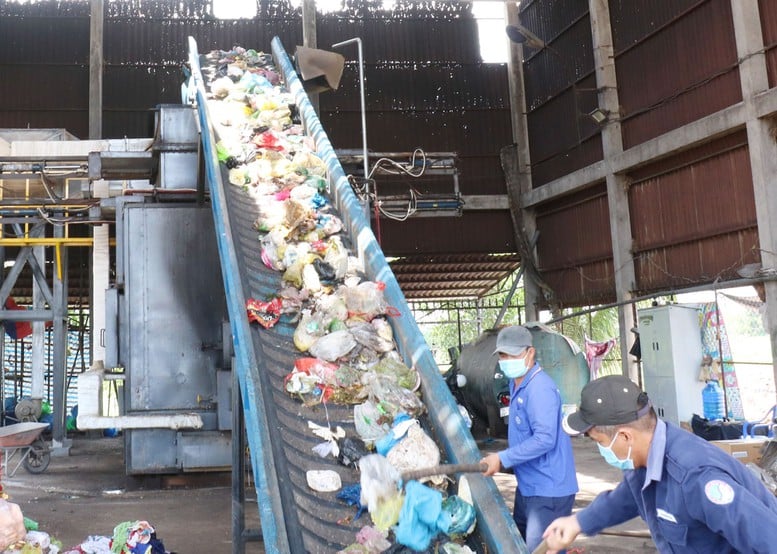
Localities need to choose a model of domestic solid waste treatment suitable for each locality.
The Ministry of Agriculture and Environment has just issued Official Dispatch No. 1760/BNNMT-MT guiding the model of solid waste treatment in urban and rural areas.
The guidelines aim to improve the efficiency of domestic solid waste treatment, maximize waste reuse and recycling, minimize the amount of waste to be treated, gradually reduce the rate of direct waste burial and move towards developing a circular economy in the coming years.
According to the guidance of the Ministry of Agriculture and Environment, the selection of a model for treating domestic solid waste must comply with certain principles, including ensuring compliance with the national environmental protection strategy, the national strategy on integrated solid waste management, the national strategy on green growth, the national environmental protection plan, regional planning, provincial planning and other relevant plans for each period approved by competent authorities.
In addition, it must be suitable for the volume (collection, transportation), composition, and properties of domestic solid waste generated after classification according to local government regulations and the natural, socio-economic conditions, technical infrastructure for collection, transportation, and treatment of domestic solid waste currently available in the locality.
In particular, it must be consistent with the policy of merging provincial-level administrative units, not organizing district-level units, merging commune-level units, and building a two-level local government organization model of the Party Central Committee.
At the same time, maximize the reuse and recycling of waste, prioritize the use of advanced, modern, environmentally friendly, economically effective treatment technology, minimize the generation of secondary waste and have appropriate plans to treat the generated secondary waste.
Identify criteria for building an effective solid waste treatment model
Based on the results of the investigation and survey of the actual models of domestic solid waste treatment being implemented in localities nationwide, the Ministry of Agriculture and Environment analyzed and selected a number of effective models of domestic solid waste treatment being applied in urban and rural areas.
The selection of a model for treating domestic solid waste in urban and rural areas is based on the following criteria: Volume of domestic solid waste collected and transported; area where domestic solid waste is generated; method of treating domestic solid waste after classification; planning of domestic solid waste treatment areas; other criteria (having full environmental procedures according to regulations; having a plan to treat each type of secondary waste; having a market for consuming products...).
In particular, localities need to choose a model of domestic solid waste treatment suitable for each locality. Typically, in urban areas and concentrated residential areas (wards and communes in the plains), priority should be given to choosing a centralized model of domestic solid waste treatment for many wards and communes. In rural areas (mountainous and highland communes) and special economic zones, where population density is often low, transportation is inconvenient, and collection and transportation costs are high, priority should be given to a centralized treatment model for each locality and special economic zone.
As for household waste in rural areas, it is recommended to apply a decentralized treatment model at households and household clusters because the collection and transportation costs are high, while this area often has a large land fund, a need to use food waste as animal feed, and use organic compost to grow fruit trees and industrial crops.
Thu Cuc
Source: https://baochinhphu.vn/lua-chon-mo-hinh-xu-ly-chat-thai-ran-sinh-hoat-phu-hop-voi-tung-dia-ban-10225051414462413.htm


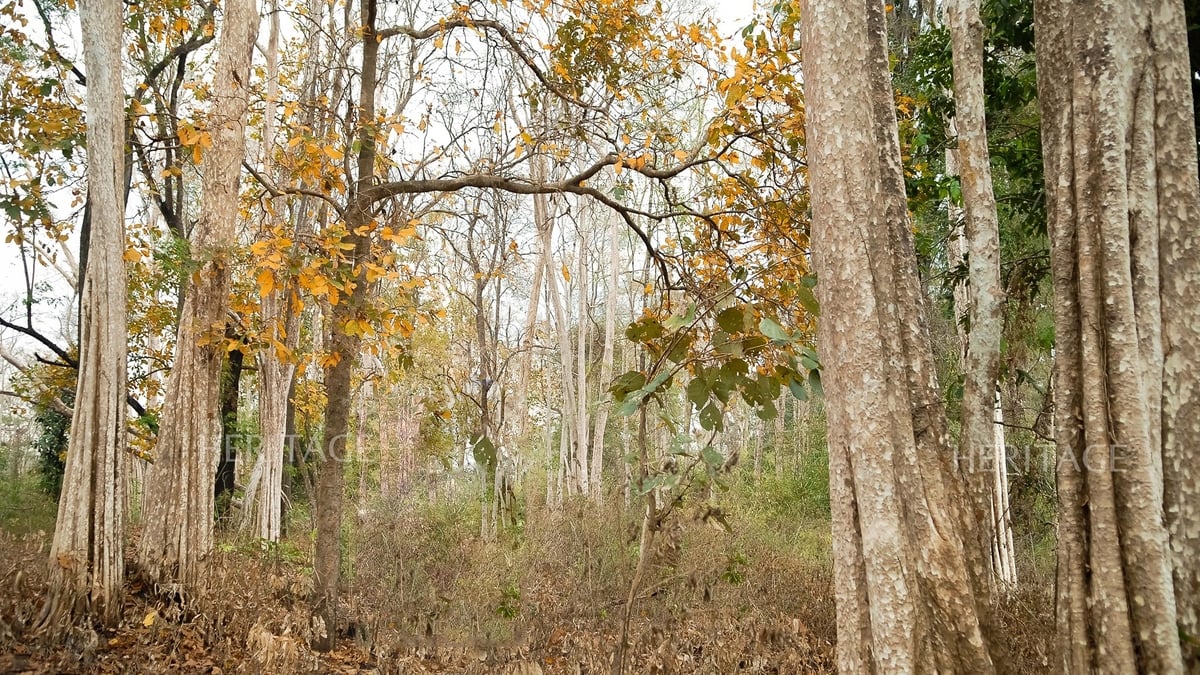
![[Photo] General Secretary To Lam receives First Deputy Secretary General of the African National Congress (ANC) of South Africa](https://vphoto.vietnam.vn/thumb/1200x675/vietnam/resource/IMAGE/2025/5/20/bb2999907e1245d5b4c7310a890d8201)








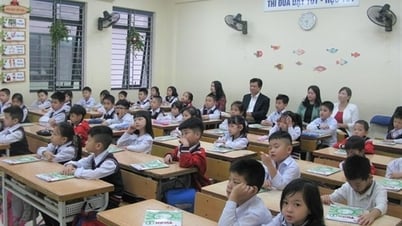
















![[Photo] Vietnamese shipbuilding with the aspiration to reach out to the ocean](https://vphoto.vietnam.vn/thumb/1200x675/vietnam/resource/IMAGE/2025/5/20/24ecf0ba837b4c2a8b73853b45e40aa7)
![[Photo] Award ceremony for works on studying and following President Ho Chi Minh](https://vphoto.vietnam.vn/thumb/1200x675/vietnam/resource/IMAGE/2025/5/20/a08ce9374fa544c292cca22d4424e6c0)




























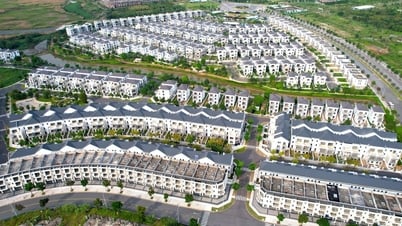







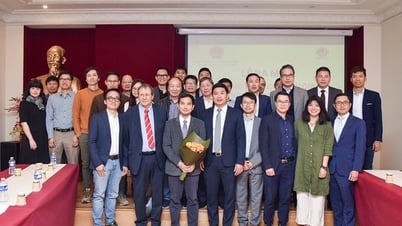




























Comment (0)